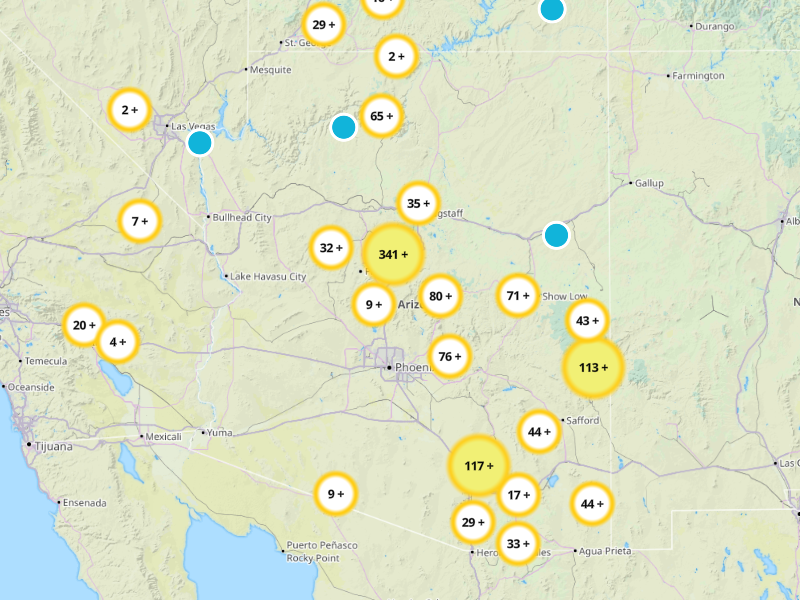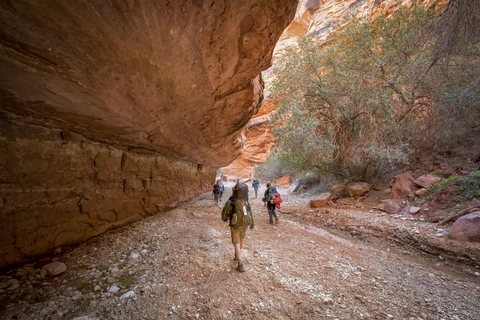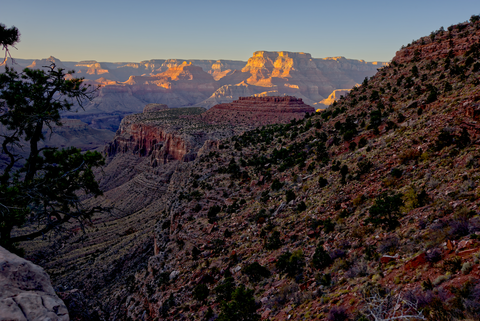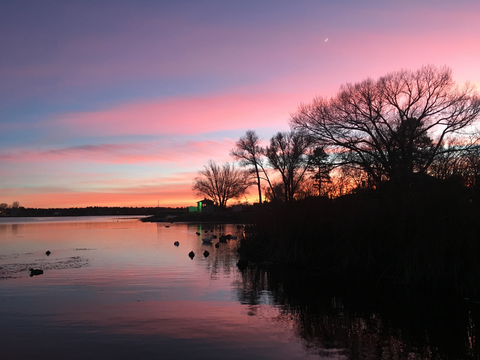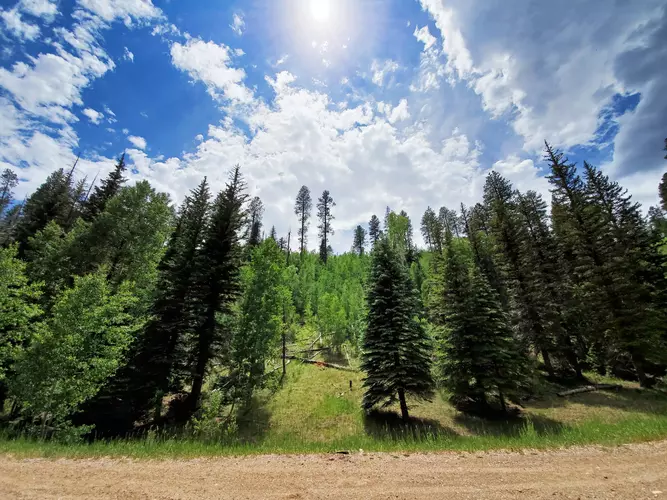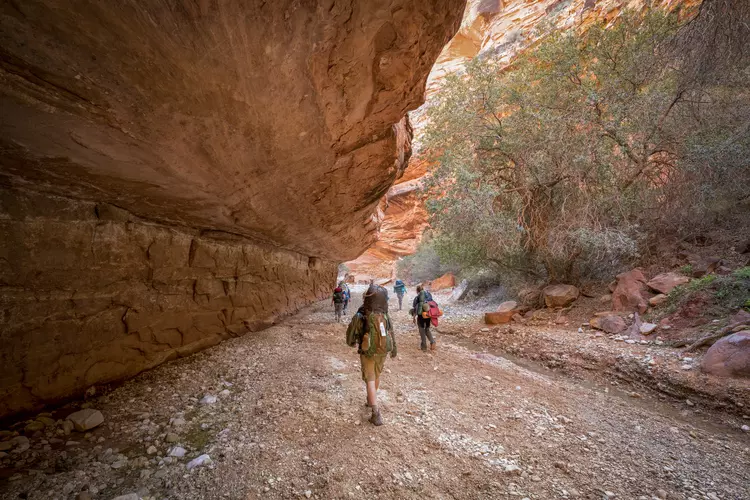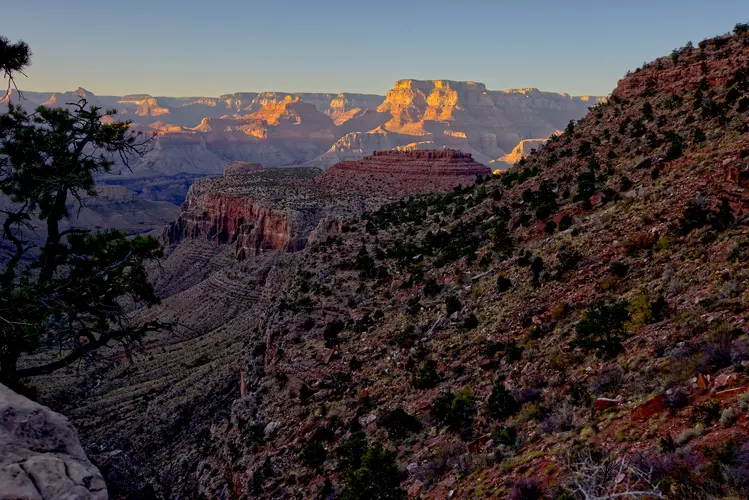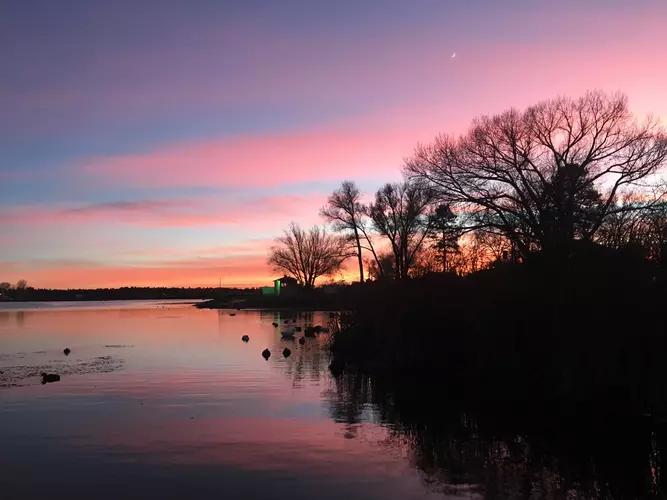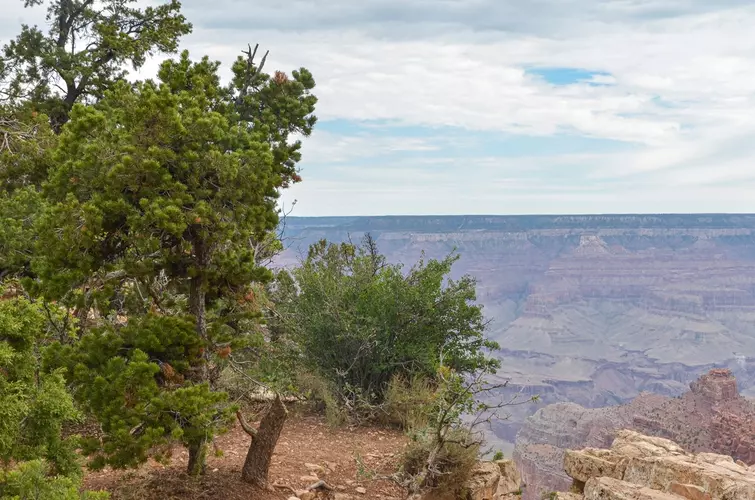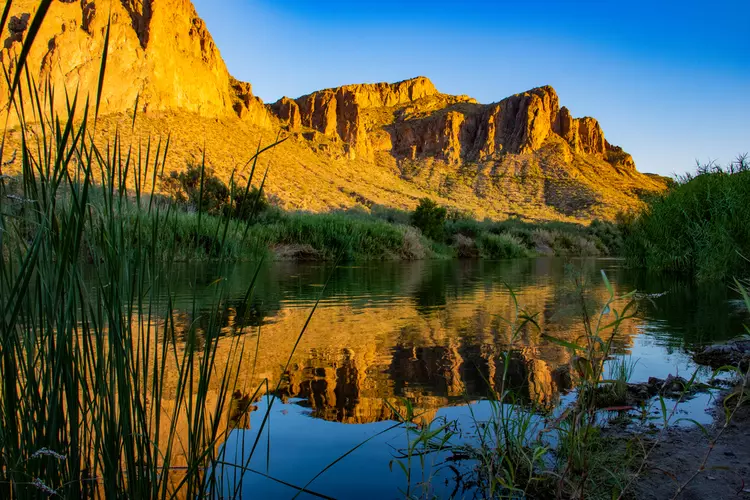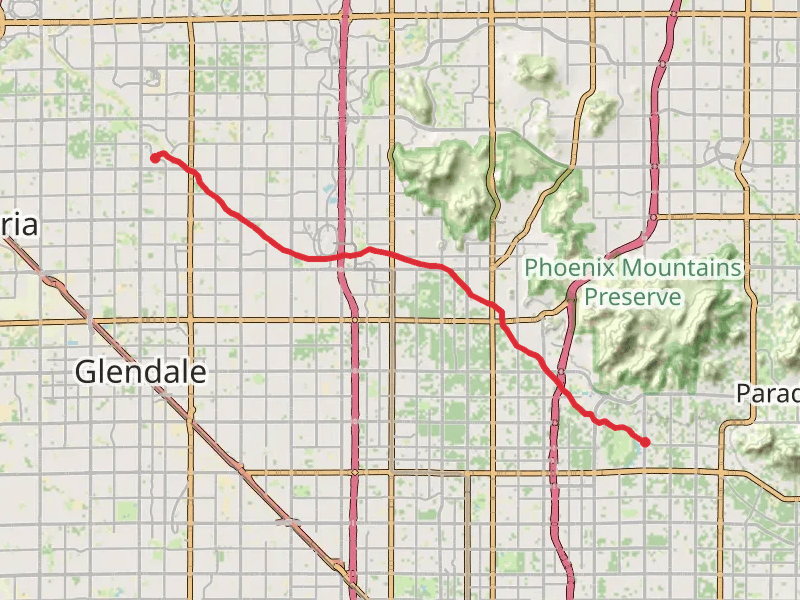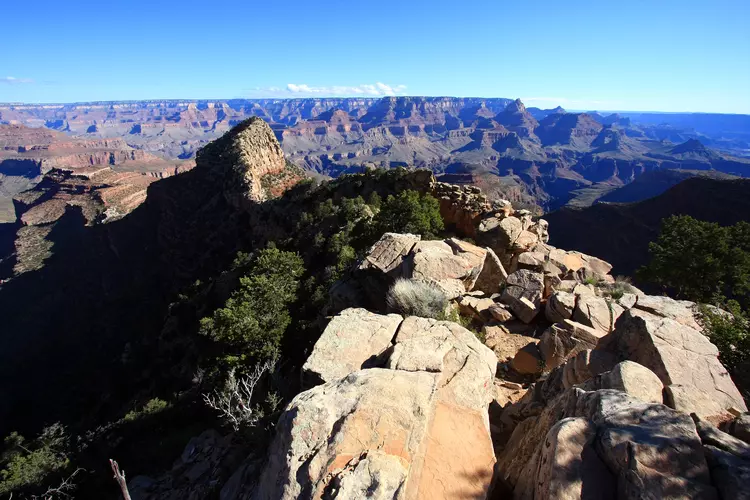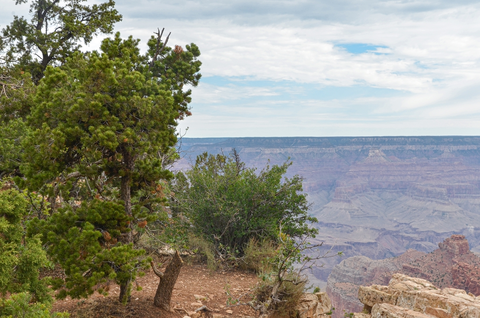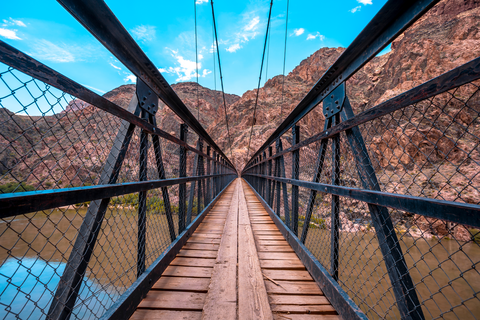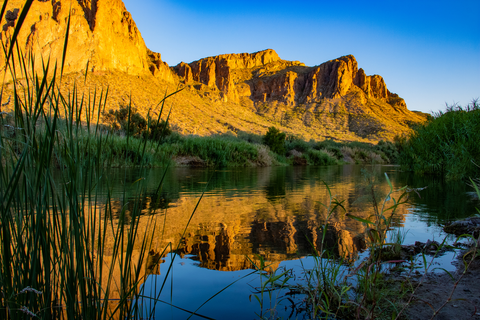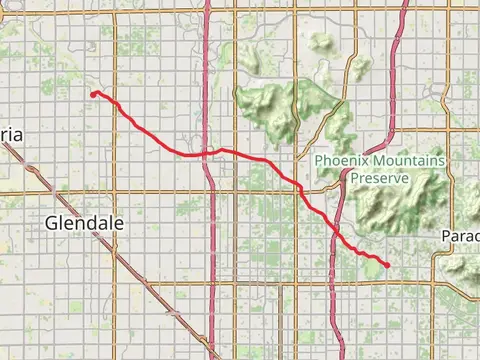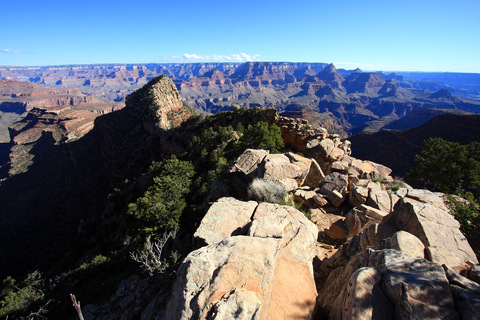"Discover Arizona's enchanting trails, offering breathtaking landscapes and unforgettable adventures in the heart of the Southwest."
Arizona's trails offer a mesmerizing tapestry of landscapes, from the iconic red rocks of Sedona to the awe-inspiring depths of the Grand Canyon. Hike through saguaro-studded deserts, pine-scented forests, and ancient cliff dwellings. Each trail tells a story, with vibrant sunsets painting the sky and diverse wildlife adding to the adventure. Whether you're seeking solitude or a challenge, Arizona's trails promise unforgettable experiences, inviting you to explore the heart of the Southwest.
Most popular hikes
FAQs about hiking in Arizona






More hikes in Arizona
by difficulty
by type
